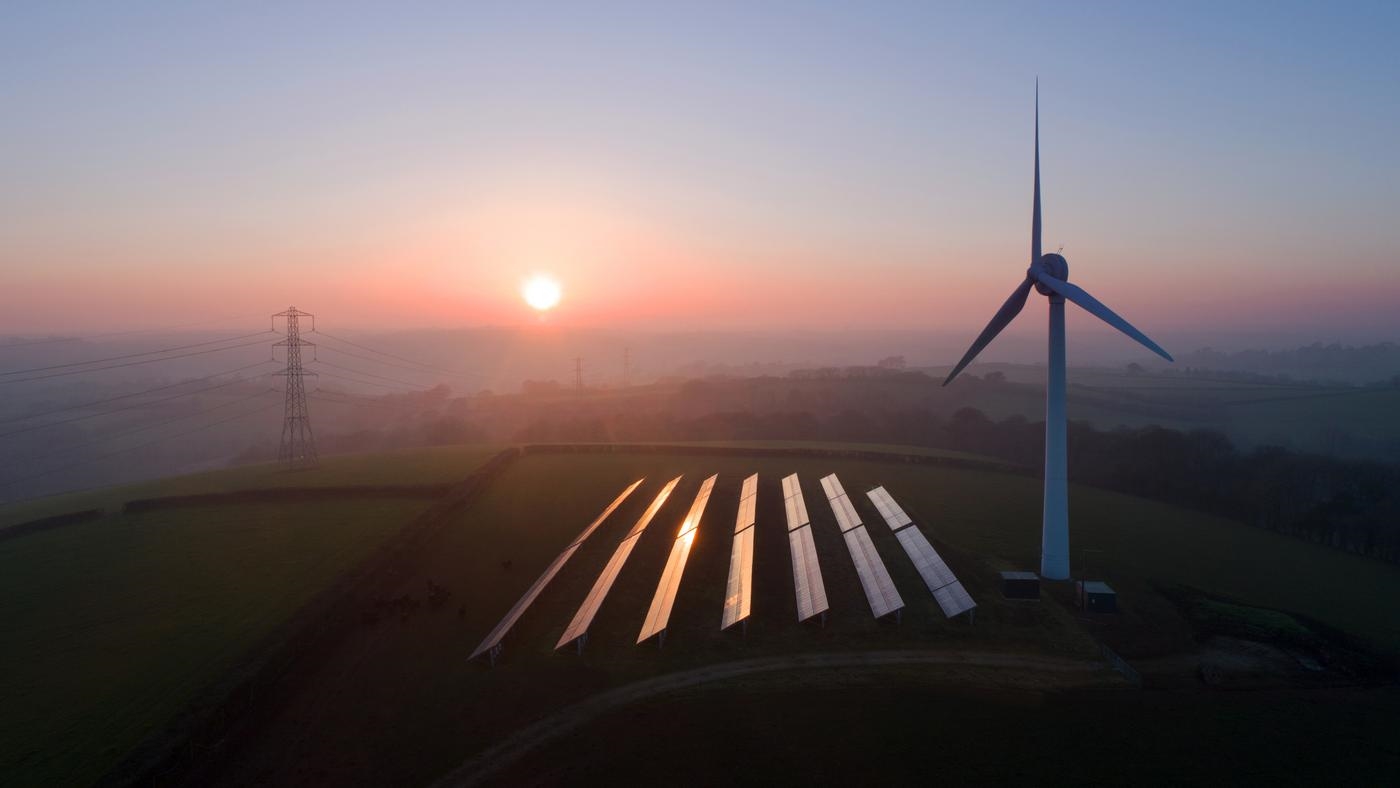Get in touch
-
Mark Thomtonmark.thomton@woodmac.com
+1 630 881 6885 -
Hla Myat Monhla.myatmon@woodmac.com
+65 8533 8860 -
Chris Bobachris.boba@woodmac.com
+44 7408 841129 -
BIG PartnershipWoodMac@BigPartnership.co.uk
UK-based PR agency
Solar Poised for Record-Setting 2023 while Economic Challenges Mount
Solar installations in Q3 increase 35% year-over-year
2 minute read
The U.S. solar industry added 6.5 gigawatts (GW) of new electric generating capacity in Q3 2023, a 35% year-over-year increase as federal clean energy policies begin to take hold.
As a result of this growth, the United States is expected add a record 33 gigawatts (GW) of solar capacity in 2023, according to the U.S. Solar Market Insight Q4 2023 report released today by the Solar Energy Industries Association (SEIA) and Wood Mackenzie. While economic challenges are beginning to affect the solar and storage industry, by 2050 solar is expected to be the largest source of generating capacity on the U.S. grid.
“Solar remains the fastest-growing energy source in the United States, and despite a difficult economic environment, this growth is expected to continue for years to come,” said SEIA president and CEO Abigail Ross Hopper. “To maintain this forecasted growth, we must modernize regulations and reduce bureaucratic roadblocks to make it easier for clean energy companies to invest capital and create jobs.”
The residential solar segment installed a record 210,000 systems in Q3. However, changes to net energy metering policy in California and elevated interest rates across the U.S. are expected to lead to a brief decline next year before growth resumes in 2025.
Elevated financing costs, transformer shortages, and interconnection bottlenecks are also impacting the utility-scale segment, which saw its lowest level of new contracts signed in a quarter since 2018. However, improvements in the module supply chain have led to a record 12 GW of utility-scale deployment in the first 9 months of 2023.
Solar accounts for 48% of all new electric generating capacity additions in the first three quarters of 2023, bringing total installed solar capacity in the United States to 161 GW across 4.7 million installations. By 2028, solar capacity in the United States is expected to reach 377 GW, enough to power more than 65 million homes.
“The U.S. solar industry is on a strong growth trajectory, with expectations of 55% growth this year and 10% growth in 2024,” said Michelle Davis, head of solar research at Wood Mackenzie and lead author of the report. “Growth is expected to be slower starting in 2026 as various challenges like interconnection constraints become more acute. It’s critical that the industry continue to innovate to maximize the value that solar brings to an increasingly complex grid. Interconnection reform, regulatory modernization, and increasing storage attachment rates will be key tools.”
California and Texas led the nation for new solar installations in Q3, but Indiana ranked third with 663 megawatts (MW) of new capacity as several large utility-scale projects came online. Fourteen states and Puerto Rico installed more than 100 MW of new solar capacity in Q3.





